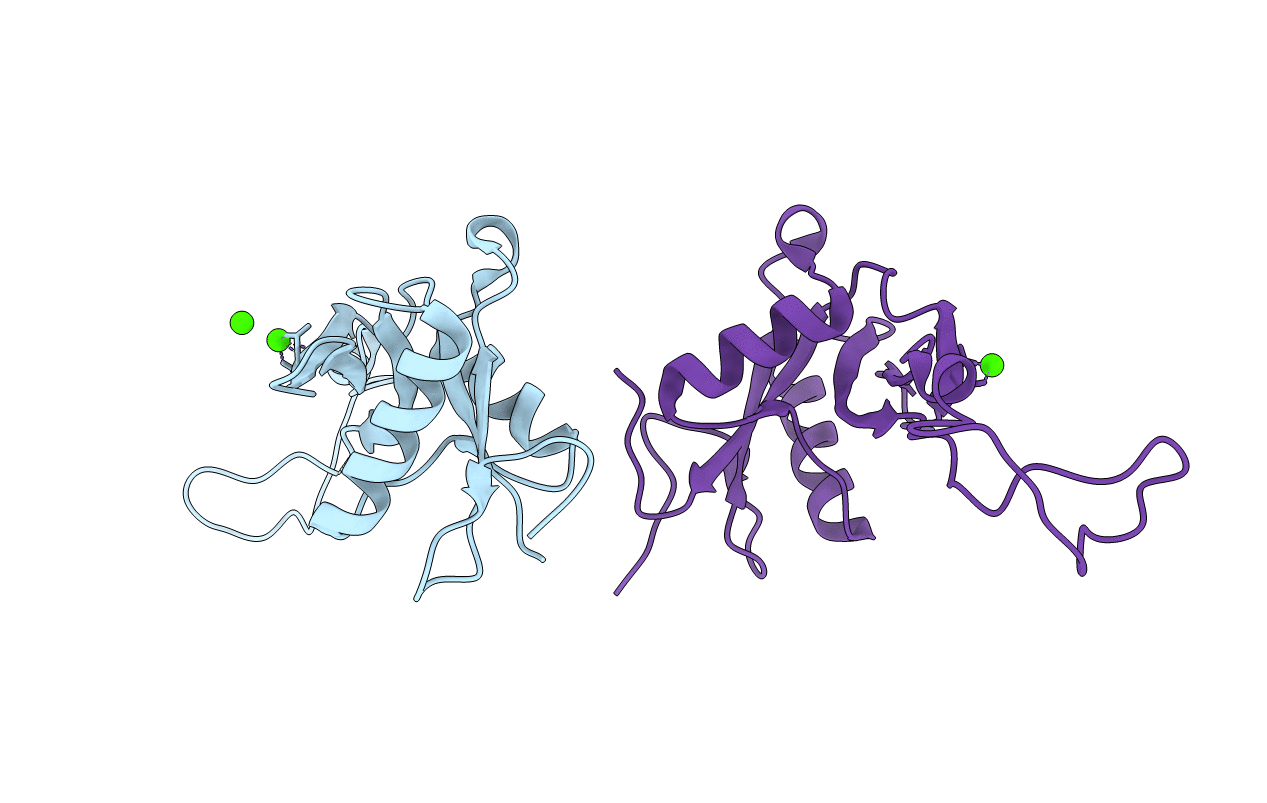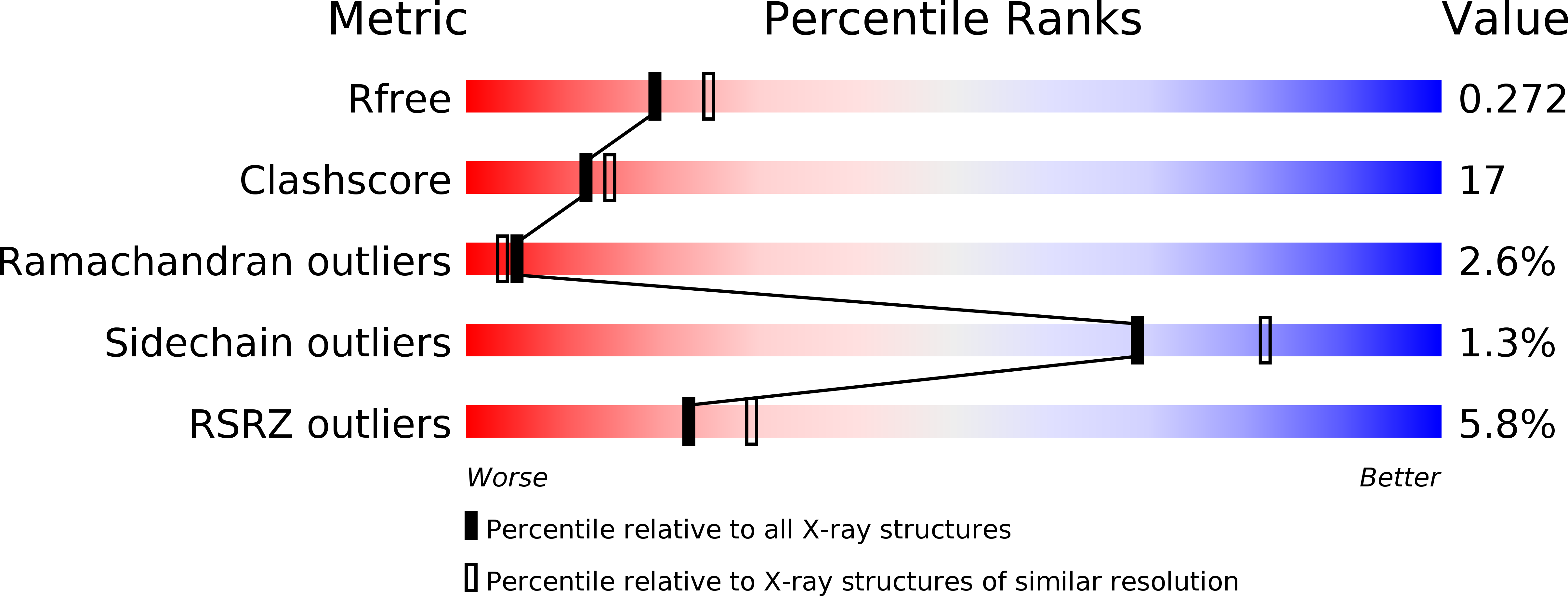
Deposition Date
2000-02-15
Release Date
2000-08-30
Last Version Date
2024-10-30
Entry Detail
PDB ID:
1EGG
Keywords:
Title:
STRUCTURE OF A C-TYPE CARBOHYDRATE-RECOGNITION DOMAIN (CRD-4) FROM THE MACROPHAGE MANNOSE RECEPTOR
Biological Source:
Source Organism:
Homo sapiens (Taxon ID: 9606)
Host Organism:
Method Details:
Experimental Method:
Resolution:
2.30 Å
R-Value Free:
0.27
R-Value Work:
0.21
Space Group:
C 1 2 1


